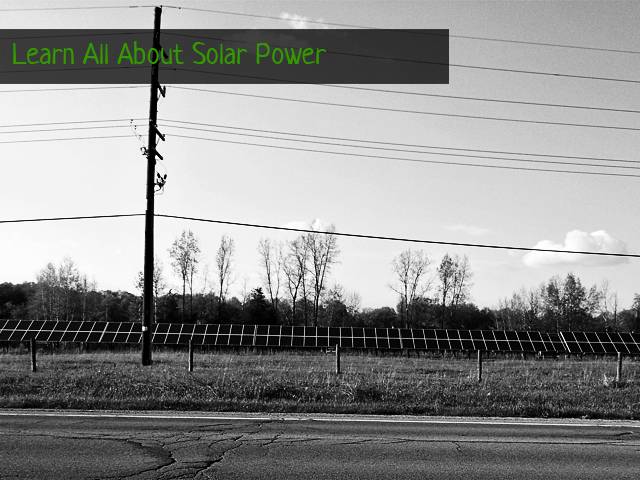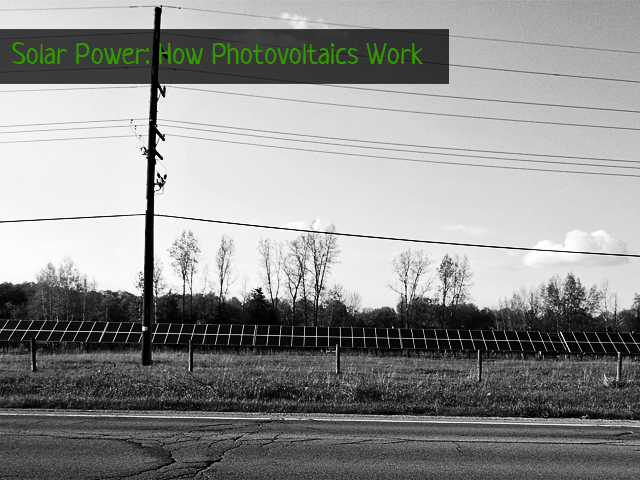What Nuclear Energy is:
Nuclear energy is the energy that is produced when one atom splits into two. This process is known as fission, and occurs naturally in radioactive elements.
How electricity is made from Nuclear Energy:
While fission happens naturally, the process is slow and unpredictable. In order to use nuclear energy to make electricity, we want more control over the process. We induce fission by shooting neutrons at Uranium-235 (U-235). When the nucleus of U-235 absorbs the neutron it becomes unstable and splits, releasing huge amounts heat.
A nuclear reactor contains rods of U-235, control rods, and a fluid. Neutrons are shot at the rods. If they hit a U-235 rod, induced fission occurs. If they it a control rod, they don’t release energy. Changing the number of control rods in the reactor controls the temperature of the reactor. If the reactor is too hot, more control rods are put in to reduce fission. The fluid collects the heat from fission and transfers it to water. The water flows through a pipe and turns a turbine to produce electricity.

- Image source: science.howstuffworks.com
There’s a lot more great information about how nuclear power plants work here.
How much of our current electricity is produced by Nuclear Energy:
There are about 100 nuclear energy plants in the U.S., which produce about 20% of our electricity.
Potential energy supply:
The US has about 4% of the worlds known uranium, which is over 220,000 short tons. The U.S. has uranium mines in Utah, Texas, Nebraska, and Wyoming. 1 pound of enriched U-235 will produce as much energy as about 1 million gallons of gasoline.
At the current rate of nuclear energy production, there is enough uranium in the world to last 230 years (if the estimates of accessible uranium are correct). However, new technologies are being developed to produce energy more efficiently. They could extend the energy supply for 30,000 years!
The big challenge with nuclear energy supply is building nuclear power plants. It takes 5-7 years to build each plant.
Materials and how we get them:
The uranium used in a nuclear reactor needs to be mined and then enriched so that at least 3% of it is U-235. To enrich uranium, it is reacted with fluorine gas and then put into a centrifuge to pull out the heavier U-235.
Another material concern is concrete. Building a safe nuclear power plant uses 400,000 cubic yards of concrete. Concrete production releases huge amounts of CO2. This means that nuclear power plants are not a carbon neutral source of energy.
Waste produced and how we deal with it:
The waste from nuclear energy is obviously of great concern. Radioactive material will eventually decay into safe material. The concern is the length of time it takes to become safe, and how we contain it until it then.
Radioactive waste is separated into two categories, high-level radioactive waste and low-level radioactive waste. Low-level waste includes radiated things that were in contact with the U-235. These materials need to be stored -for hundreds of years. The used fuel is high-level waste and needs to be stored for tens of thousands of years.
A typical nuclear power plant produces 22 short tons of radioactive waste per year. This waste cools for years, and then is mixed with glass and put into a large concrete containment tower in order to continue cooling.
Cost:
Nuclear plants are quite expensive compared to coal, typically costing $5-6 billion dollars. The production of nuclear energy costs slightly less than $0.03 per kWh, making it cheaper than coal.
Challenges:
Mining, enriching, and transporting the uranium needed for nuclear energy is messy. Plus, it is important to prevent radiation contact during these steps.
Containment is the biggest challenge with nuclear energy. The reactor is surrounded by a concrete liner which serves as a radiation shield. The concrete is then contained in a steel vessel to prevent radioactive leaks. Finally, there is an outer concrete building which is designed to be strong enough to withstand earthquakes or impacts (like that of an crashing jet). (The nuclear power plant in Chernobyl lacked this outer concrete building.)
Cooling is also a big challenge with nuclear energy. U-235 produces so much heat when it splits, that even spontaneous decomposition can cause a melt-down (literally, the container it is in melts). So there needs to be constant cooling of the reactor and waste containers. This was the issue with the Fukushima plant. The nuclear reactor shut down when the earthquake struck, but the tsunami knocked out the generators that were cooling the reactor.
All of these factors are to prevent contact with radiation. Radiation poisoning causes illness and death for living things. Nuclear power plants generally do an excellent job of managing the risks and containing the waste. With high-level waste taking tens of thousands of years to decay, there is no way for us to know if our current containment measures are enough to keep living things safe. To ensure safety, we must build structurally sound plants with plenty of back-ups for cooling systems and constantly maintain, monitor and guard the containment of materials.
For an introduction on sources of electricity, look here.
For an explanation of how we make electricity, look here.
Clean Coal
Oh, hey, Building Earth has a facebook page now. Keep up to date on posts and other interesting green news by liking us!





